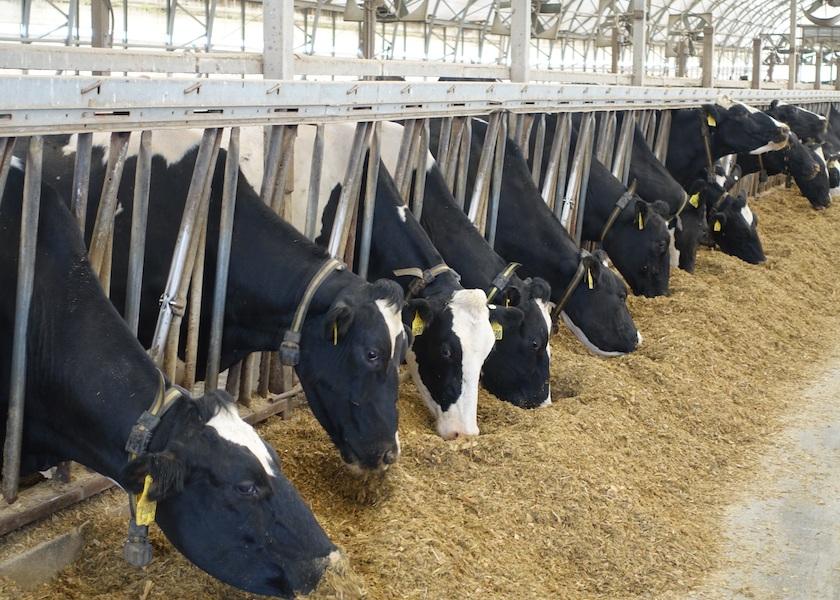How Methionine Supports Reproductive Success

A dairy cow’s diet is a medical prescription for her health, performance and reproduction, according to University of Illinois associate professor of Animal Sciences, Phil Cardoso.
In a recent webinar hosted by the Dairy Cattle Reproduction Council, Cardoso explored the intricacies between dietary supplementation with rumen-protected methionine, and the beneficial effects it can have on reproduction.
“We can achieve high milk yield and successful reproduction at the same time,” he stated, “but we must equip the cow nutritionally to manage both.” He said efforts to alleviate negative protein balance in the transition period – defined as approximately three weeks before until three weeks after calving – can have negative effects on reproduction.
“Balancing transition rations based on crude protein is no longer viewed as useful,” he stated. “In high-producing dairy cows, especially those in their second or later lactation, elevated levels of circulating milk urea nitrogen (MUN) caused by overfeeding protein have been shown to have detrimental influence on liver and uterine function.”
Specifically, high MUN levels can lower uterine pH, which is not a conception-friendly environment. This is particularly true at first insemination, when cows also are likely to be in peak milk production and their livers are not clearing nitrogen as efficiently as later in lactation.
Rather than focusing on crude protein, the researcher advised targeting supplementation with specific amino acids to aid in fertility and pregnancy retention. According to NRC standards, methionine and lysine are the most limiting amino acids in lactating cow diets. He advised delivering these and other amino acids via metabolizable proteins, fed at greater than 1,200 grams per day in the transition period, with a goal of creating the next calf while also supporting lactation.
Cardoso shared his list of the seven factors needed to achieve a successful pregnancy:
- Minimize body condition loss and resolve postpartum uterine infections efficiently.
- Detect heat and inseminate at the correct time (Day 0).
- Ovulation and fertilization of a high-quality oocyte (Day 1).
- Have an early increase in progesterone secretions (Days 3-7).
- Have early and appropriate histotroph production (days 6-13).
- Have a large embryo producing adequate levels of Interferon tau (Days 14-18).
- Maternal recognition of pregnancy, after uterine prostaglandin secretion (Days 16-18).
While many management and nutrition factors must work together to make this happen, Cardoso said dietary supplementation with rumen-protected methionine can directly influence #1, #6 and #7.
“Cows that have all of the pieces they need postpartum – specifically, the correct amino acids – are able to generate the cytokines, antibodies, and cell proliferation needed to clear infections and return to good uterine health (#1),” he explained.
After conception is achieved, Cardoso noted research-based evidence that methionine supplementation results in both greater embryonic survivability, and significantly larger embryos, which helps achieve #6.
This may happen because higher levels of polyunsaturated fatty acids delivered via metabolizable protein will help convert prostaglandin into cholesterol, which in turn produces higher progesterone levels. This support of the embryo then allows it to thrive and signal the cow’s system to recognize the pregnancy and stop cycling, achieving #7.
“The more we understand about how specific nutrition components influence health and performance responses, the more we can support cows in their production cycles,” Cardoso noted. “This also may require us to make paradigm shifts in the way we think about nutrition. Often, the most efficient formulation is not the one that maximizes full potential.”







